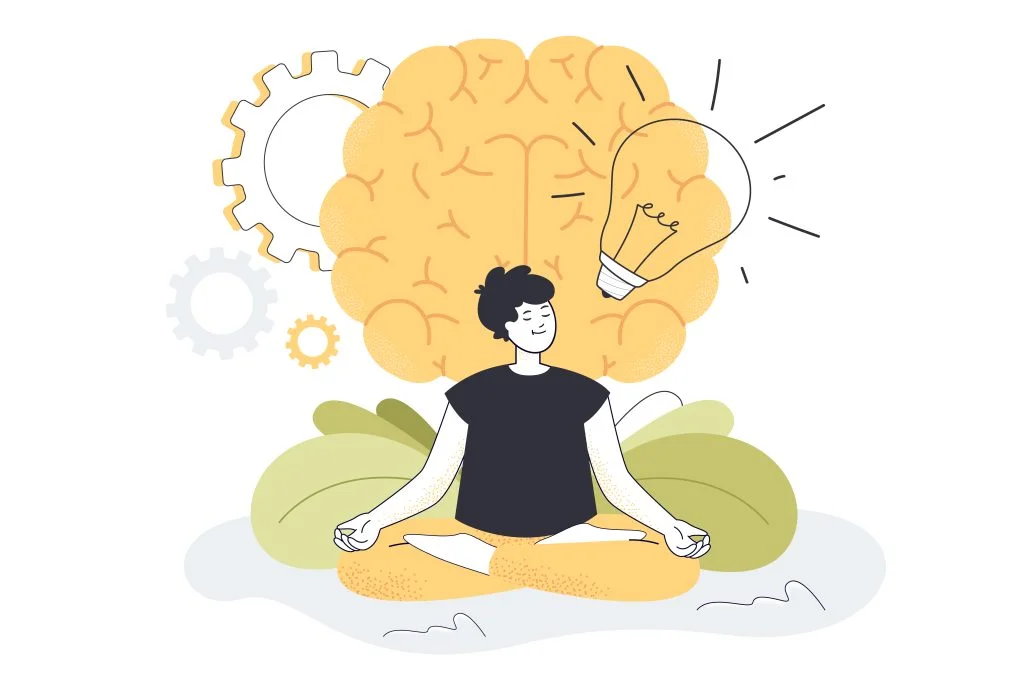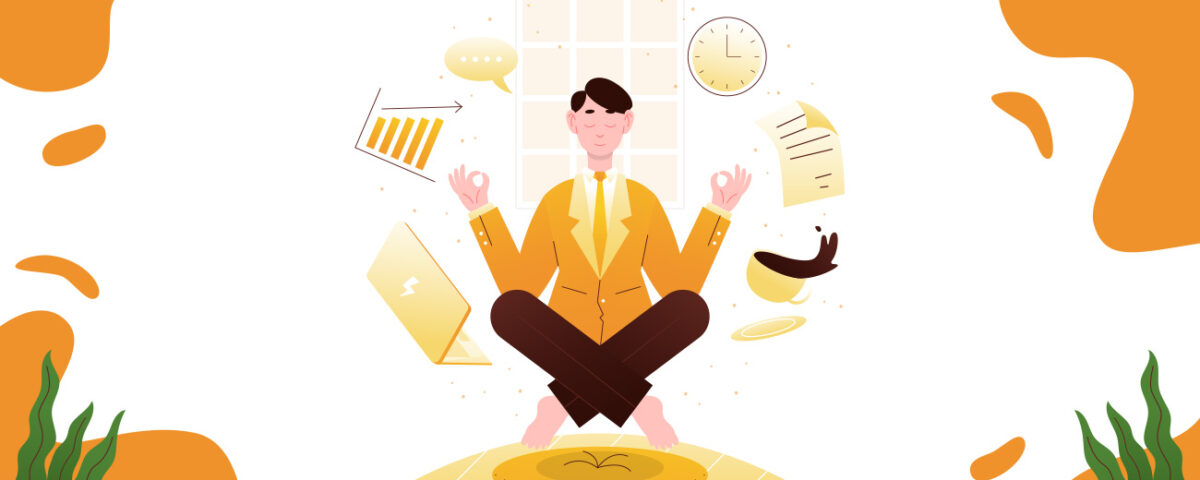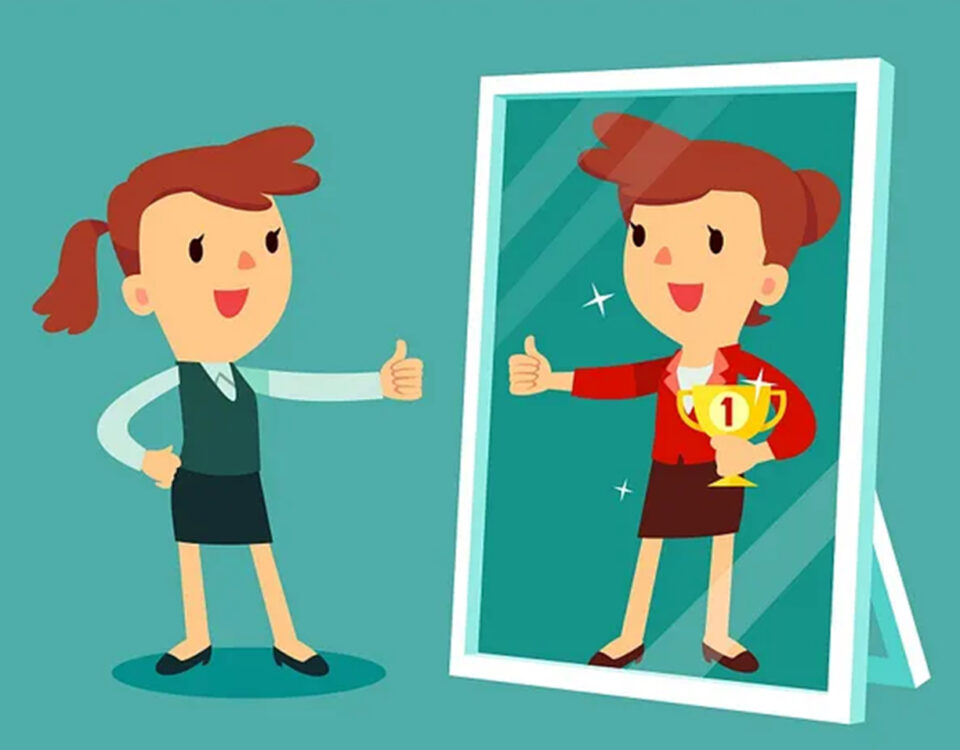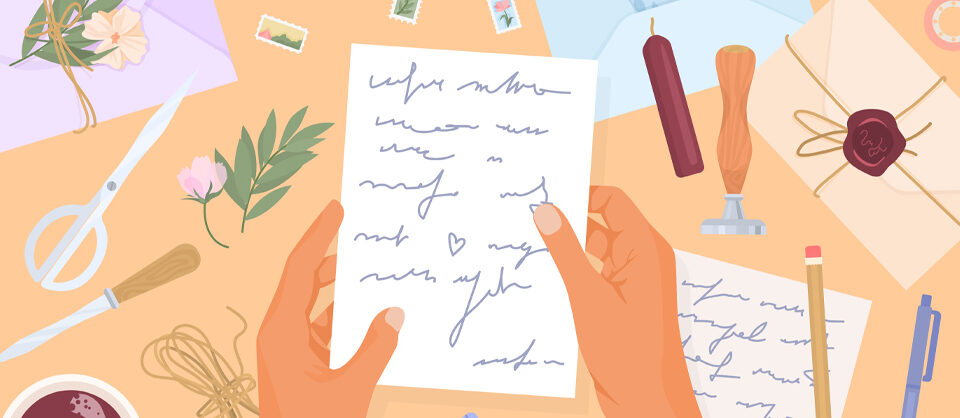
Understanding the Flutter GetX State Manager
8th June 2024
The Future of Artificial Intelligence: A Glimpse into Tomorrow’s World
13th June 2024In today’s fast-paced world, the demands of work can often leave us feeling overwhelmed and stressed. As busy professionals, finding balance and maintaining mental well-being is crucial. Mindfulness and meditation offer powerful tools to help manage stress, improve focus, and enhance overall productivity. This guide will explore practical ways to incorporate these practices into your daily routine, even with a busy schedule.

What is Mindfulness?
Mindfulness is the practice of being fully present and engaged in the moment, aware of your thoughts, feelings, and surroundings without judgment. It’s about paying attention to the present rather than getting lost in past regrets or future anxieties.
Benefits of Mindfulness and Meditation
- Reduces Stress: Mindfulness helps to lower stress levels by calming the mind and body.
- Improves Focus: Regular practice enhances concentration and the ability to stay on task.
- Boosts Emotional Health: It can lead to better emotional regulation and a positive outlook.
- Enhances Productivity: By reducing distractions, mindfulness can improve efficiency at work.
- Promotes Work-Life Balance: It helps in creating a clear boundary between work and personal life.
Getting Started with Meditation
1. Simple Meditation Techniques for Beginners
- Breathing Meditation: Focus on your breath. Inhale deeply through your nose, hold for a few seconds, and exhale slowly through your mouth. Repeat for 5-10 minutes.
- Body Scan Meditation: Starting from your toes, slowly bring your attention to each part of your body, noticing any sensations without judgment.
- Guided Meditation: Use apps like Headspace or Calm, which offer guided sessions tailored to beginners.
2. Incorporating Meditation into a Busy Schedule
- Morning Routine: Start your day with a 5-minute meditation session to set a positive tone. Sit comfortably, close your eyes, and focus on your breathing. This simple practice can help you feel more centered and ready to tackle the day.
- During Breaks: Use short breaks throughout your day to practice mindfulness. Even a few minutes of deep breathing or a quick body scan can refresh your mind.
- Commute Time: If you use public transportation, utilize this time for meditation. Listen to a guided meditation or practice mindful observation of your surroundings.
- Before Bed: Wind down with a meditation session before sleeping. This can help clear your mind of the day’s stress, promoting better sleep quality.
Mindfulness Practices for the Workplace
1. Mindful Breathing During Meetings
- Before a meeting starts, take a few deep breaths to calm your mind. This can help you stay focused and engaged during discussions.
- If you feel stressed or overwhelmed during the meeting, discreetly practice mindful breathing to regain composure.
2. Mindful Walking
- When moving between tasks or locations, walk mindfully. Pay attention to the sensation of your feet touching the ground, your breath, and the sounds around you. This can transform routine movements into moments of mindfulness.
3. Single-Tasking
- Practice focusing on one task at a time. Multitasking can lead to errors and increased stress. By concentrating on a single task, you can enhance both the quality of your work and your overall efficiency.
4. Mindful Eating
- Take your lunch break as an opportunity to practice mindfulness. Eat slowly, savor each bite, and avoid distractions like your phone or computer. This not only improves digestion but also provides a mental break.
Managing Stress through Meditation

1. Stress-Relief Techniques
- Progressive Muscle Relaxation: Tense and then slowly relax each muscle group in your body. This technique helps release physical tension associated with stress.
- Loving-Kindness Meditation: Focus on sending positive thoughts and wishes to yourself and others. This can foster a sense of connection and reduce feelings of stress.
2. Using Meditation to Improve Focus and Productivity
- Start your workday with a brief meditation session focused on setting your intentions for the day. Visualize completing your tasks successfully and efficiently.
- Take mindful breaks to clear your mind, which can help maintain high levels of productivity and creativity.
Conclusion
Incorporating mindfulness and meditation into your life as a busy professional may seem challenging at first, but with small, consistent steps, it can become a natural part of your daily routine. By dedicating a few minutes each day to these practices, you can significantly reduce stress, enhance focus, and achieve a healthier work-life balance. Start your mindfulness journey today and experience the profound benefits for yourself.





